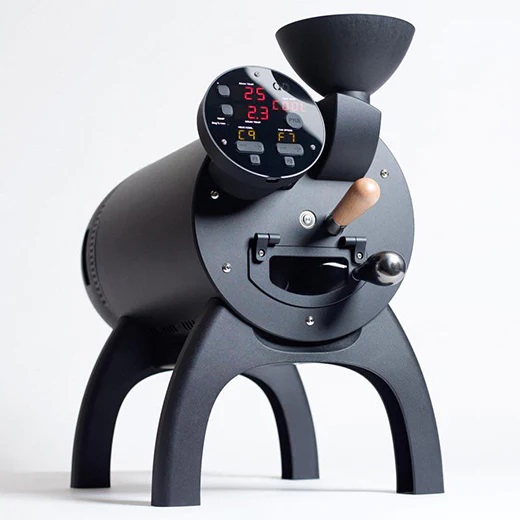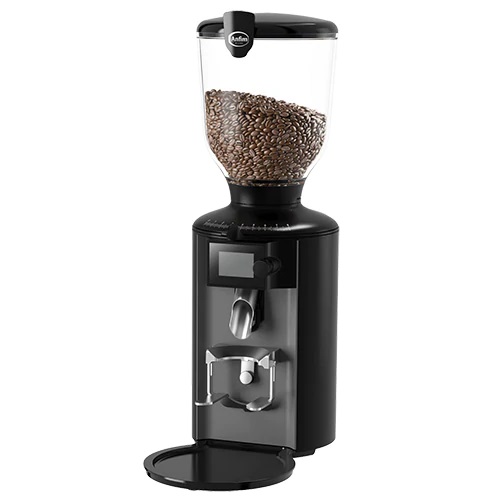Roasting coffee is a beautiful thing. The smell, the taste, the experience—it’s all so wonderful. Its important to invest in good quality Home Coffee Roaster.
However, like anything else in life, there are ways to get it right and ways to get it wrong. Here are some tips for getting your roasting done right every time!
Prioritise
As with all things, quality is more important than quantity. Buying a large quantity of beans at once may seem like a savvy move, but if you’re buying low-quality beans to get the deal, it’s not going to work out in your favour.
The same goes for price—while it can indicate that the roaster cares about quality and freshness (they’ll be more likely to pay attention to when their beans were roasted), you should still do your research before settling on a company.
If you are buying from one person rather than through a larger organisation or store, ask them about what kind of roasts they make and how long they roast their coffee for.
Suppose they just throw all the beans into one machine at once after grinding them up with no regard for temperature or time. In that case, there’s a good chance that their final product will have an inconsistent flavour profile as well as some burnt or undercooked elements in each batch.

Picking Green Coffee Beans
The first thing you need to do is figure out what your coffee tastes like. Are you looking for a bold flavour? A smooth, creamy taste? Or maybe something more mild and subtle?
Once you know what kind of coffee you’re looking for, it’s time to start picking green beans at the warehouse store. To make sure that your coffee tastes just right on its way through roasting and brewing, be sure to choose only the highest quality green beans:
- Look for beans that are not broken or damaged in any way—if they’re bruised or crushed, they’ll have a bitter taste when they’re roasted and brewed
- Try beans with a nice aroma—this will give them an extra kick of flavour when roasted and brewed (and no one wants bitter coffee!)
- Choose beans with good colour—darker colours mean darker flavours! If this doesn’t matter much to you, then go ahead and pick whatever looks best!
- But if it does matter then always look for darker coloured ones because those will yield better tasting brews down the road, so don’t say no before tasting them first!
Choose a relative roast temperature
Choosing a relative roast temperature is similar to choosing the right temperature on your oven.
The only difference is that you need to know how hot you want your coffee beans to be before they’re done, and why. Relative roast temperatures are measured in degrees Celsius or Fahrenheit—for example, 200°F is equivalent to 93°C.
When you’re roasting coffee, it can be easy to get carried away with the process. It can also be tempting to rush through in order to save time and effort.
Investing in goof Home Coffee Roaster can be a great addition if you are a coffee lover. Your best bet is always going to be taking your time, paying attention closely and learning from each roast until you find what works best for your taste buds and preferences.

